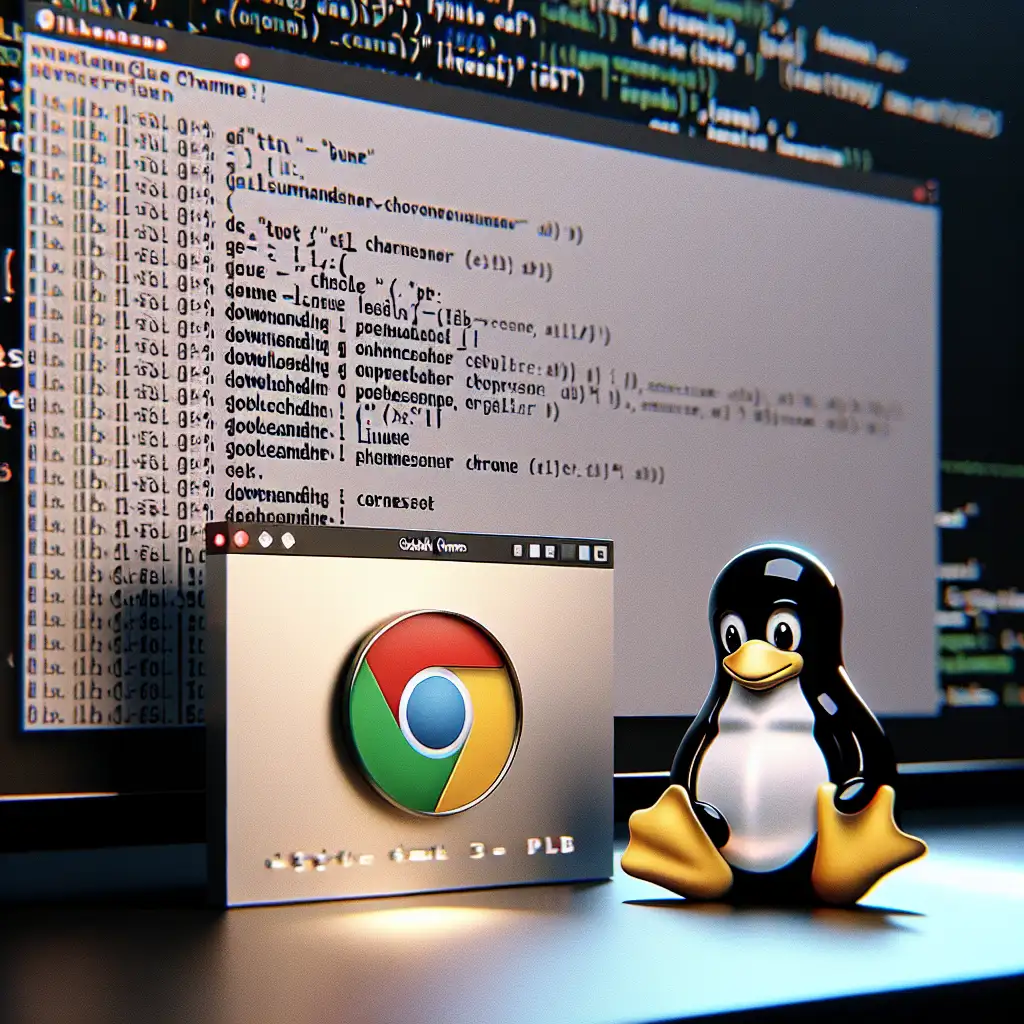Mastering Google Chrome Installation on Linux: Pragmatic Approaches and Troubleshooting
Some environments require Chrome rather than the default browser—Widevine DRM for secure streaming, proprietary APIs, or the necessity of testing web applications under a Google-supported engine. Chrome isn’t present in most base Linux repositories due to its closed-source license. Here’s a rapid, reliable installation method – with practical detail for Ubuntu 22.04/20.04, Fedora 39, RHEL 9, and Arch/Manjaro.
Initial Requirements
- Target OS: Ubuntu/Debian (apt), Fedora/RHEL (dnf/yum), Arch-based (pacman with AUR).
- x86_64 architecture (Chrome dropped 32-bit support after version 49).
- Root or sudo privileges.
- Network access for package downloads.
Note: Chrome’s upstream packages use Google’s signing key and insert an auto-update repo. Manual review is advised for hardened environments.
Download the Official Package
.deb (Ubuntu, Debian, Mint)
Direct fetch for reproducibility—use version pinning if you need reproducible builds.
wget https://dl.google.com/linux/direct/google-chrome-stable_current_amd64.deb
Alternate: Visit https://www.google.com/chrome/ for the current stable, beta, or unstable branches.
.rpm (Fedora, RHEL, CentOS)
wget https://dl.google.com/linux/direct/google-chrome-stable_current_x86_64.rpm
Installation
Debian-Based: .deb Install
Standard approach:
sudo apt install ./google-chrome-stable_current_amd64.deb
apt resolves dependencies automatically—a significant improvement over legacy dpkg.
Gotcha: On minimal containers, you may see:
/usr/bin/xdg-open: not found
Install xdg-utils for proper desktop integration.
Dependency hell? Use:
sudo apt --fix-broken install
RPM-Based: Fedora, RHEL, CentOS
For fully updated Fedora/RHEL 8+:
sudo dnf install ./google-chrome-stable_current_x86_64.rpm
Older platforms:
sudo yum localinstall google-chrome-stable_current_x86_64.rpm
Note: DNF/YUM will register Google’s repo for automatic updates (/etc/yum.repos.d/google-chrome.repo).
Arch/Manjaro
Not in official repos due to license. Use AUR (recommend yay for convenience):
yay -S google-chrome
Alternate (no AUR helper):
Manual PKGBUILD download, extract, and makepkg -si.
Running Chrome
CLI:
google-chrome
Background (don’t let terminal closure end your session):
google-chrome & disown
GUI launchers: Search for “Google Chrome” in your application menu.
Automatic Updates
Ubuntu/Debian
During install, /etc/apt/sources.list.d/google-chrome.list is created. Routine sudo apt update && sudo apt upgrade will track Chrome releases.
Security review: The repo GPG key is managed in /etc/apt/trusted.gpg.d/. Validate key fingerprints before large-scale rollout. Google’s public key import:
wget -qO - https://dl.google.com/linux/linux_signing_key.pub | sudo gpg --dearmor -o /usr/share/keyrings/google-linux-signing-keyring.gpg
Update the .list file to use signed-by for better hygiene.
Fedora/RHEL
Repo config adds itself; updates roll in with sudo dnf upgrade or sudo yum update.
Non-Obvious Tips & Known Issues
-
Under Wayland (GNOME 40+, Fedora 34+): Chrome still runs under XWayland. For native Wayland support, try launch flag
--ozone-platform=wayland. -
AppArmor/SELinux: Hardened distros may block auto-update or sandboxing. Check audit logs if Chrome fails with sandbox errors.
-
Headless: If you only need headless browsing, Chromium with
--headless --disable-gpuis often lighter, avoids licensing complexity. -
Error “NO_PUBKEY” on update:
sudo apt-key adv --keyserver keyserver.ubuntu.com --recv-keys <KEY_ID>For production, migrate to signed keyring approach as
apt-keyis deprecated. -
Force specific version install: Google only exposes latest stable; archive mirrors available for regression testing, but unsupported.
Quick Reference Table
| Distro | Command |
|---|---|
| Ubuntu/Debian | sudo apt install ./google-chrome-stable_current_amd64.deb |
| Fedora | sudo dnf install ./google-chrome-stable_current_x86_64.rpm |
| Arch/Manjaro | yay -S google-chrome |
(Pragmatic) Conclusion
Installing Chrome on Linux isn’t complex—if you know which package and repo details to trust. The primary non-obvious challenge is managing updates securely, given Google’s repo is added system-wide. Be vigilant with signing keys, especially in production or regulated environments.
For minimal or containerized systems, Chromium headless brings similar rendering without complex repo state. Chrome does provide the most complete proprietary web playback and tooling under Linux, but regular auditing of repo changes is recommended. If sandbox or auto-update errors surface, review logs before disabling security mechanisms.
Encountering a niche issue? Real-world failures sometimes leave little trace beyond journal logs. Sharing full error output and OS version will accelerate troubleshooting.
